The Growing Challenge of Power Protection
As remote work becomes increasingly prevalent, protecting sensitive electronic equipment from power outages has never been more critical. Whether you’re a professional working from home or managing a small business, understanding how to properly store and protect your valuable electronics can mean the difference between continuous operations and costly disruptions.
Why Climate-Controlled Storage Matters
Electronic equipment is particularly vulnerable to temperature fluctuations and power surges that often accompany outages. Climate-controlled storage provides:
- Consistent temperature regulation to prevent component damage
- Humidity control to avoid condensation buildup
- Protection from sudden power surges and drops
- Secure environment for sensitive equipment
Essential Storage Solutions for Different Equipment Types
Different electronic devices require specific storage considerations:
Computers and Laptops
Store computers and laptops in a climate-controlled environment between 50-80°F (10-27°C). Ensure proper ventilation and avoid stacking equipment to prevent overheating. Use protective cases or covers designed for electronic storage.
Networking Equipment
Keep routers, modems, and switches elevated off the ground to protect from potential water damage. Use surge protectors and consider dedicated cooling solutions for network equipment racks.
Peripheral Devices
Store monitors, printers, and other peripherals in dry, dust-free environments. Use original packaging when available or invest in proper storage containers designed for electronics.
Power Outage Preparation Checklist
Follow these essential steps to protect your equipment:
- Install uninterruptible power supplies (UPS) for critical equipment
- Label all equipment and cables for quick identification
- Create an equipment shutdown protocol
- Maintain backup power solutions
- Regularly test emergency power systems
Climate-Controlled Storage Features to Look For
When choosing a storage solution, prioritize:
- 24/7 temperature monitoring systems
- Backup power generators
- Advanced security features
- Proper ventilation systems
- Humidity control capabilities
Long-Term Storage Considerations
For extended storage periods:
- Remove batteries from devices when possible
- Back up all important data
- Clean equipment thoroughly before storage
- Use moisture-absorbing products in storage areas
- Maintain detailed inventory records
Emergency Response Plan Development
Create a comprehensive plan that includes:
- Equipment priority list for power restoration
- Contact information for technical support
- Documentation of equipment settings
- Recovery procedures for different scenarios
- Regular plan review and updates
Professional Storage Solutions vs. DIY Options
Consider these factors when choosing between professional and DIY storage:
- Equipment value and sensitivity
- Available space and resources
- Budget constraints
- Access requirements
- Length of storage needed
Cost-Effective Storage Strategies
Maximize your storage investment with these approaches:
- Prioritize protection for essential equipment
- Share storage space with compatible businesses
- Implement preventive maintenance programs
- Choose scalable storage solutions
- Monitor and optimize power usage
Conclusion
Protecting your electronic equipment during power outages requires careful planning and the right storage solutions. By implementing proper climate-controlled storage and following best practices for equipment protection, you can ensure business continuity and protect your valuable technology investments. Remember to regularly review and update your storage strategy as your equipment needs evolve.


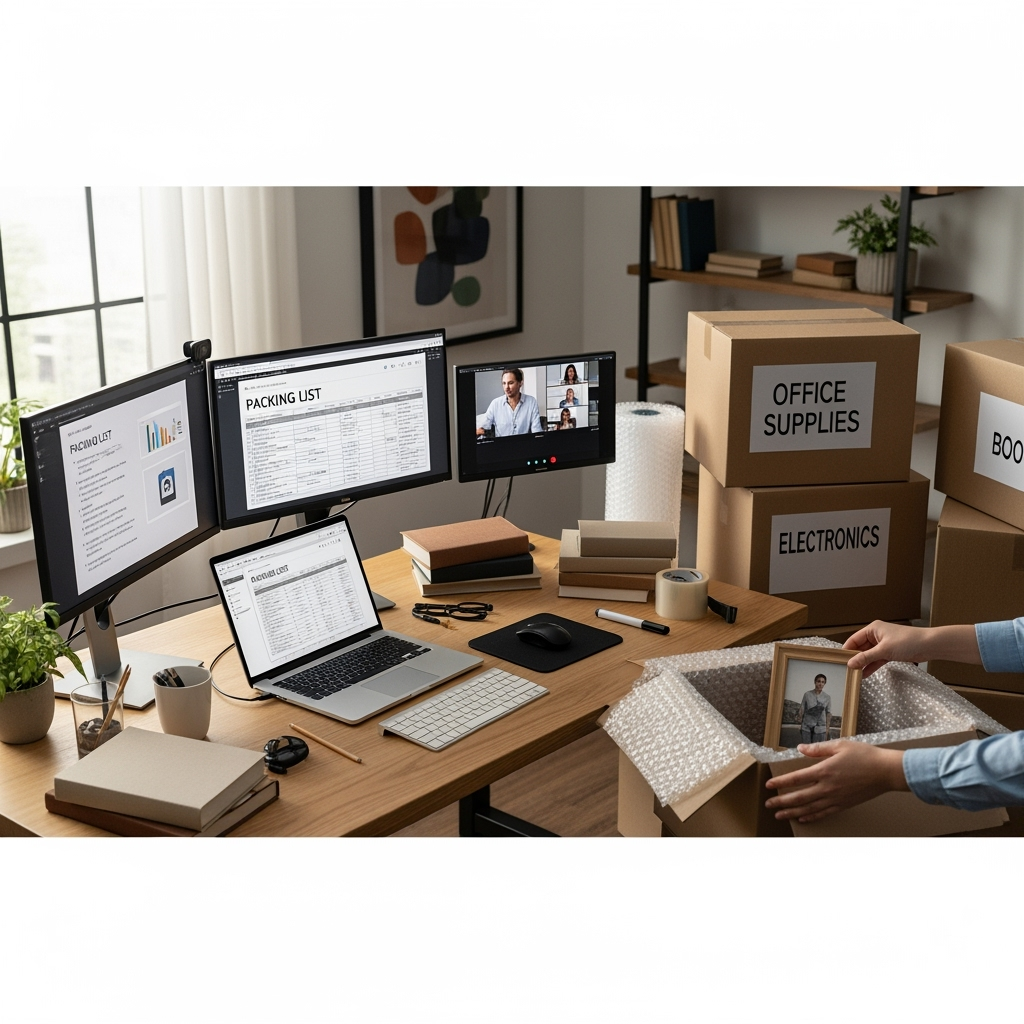
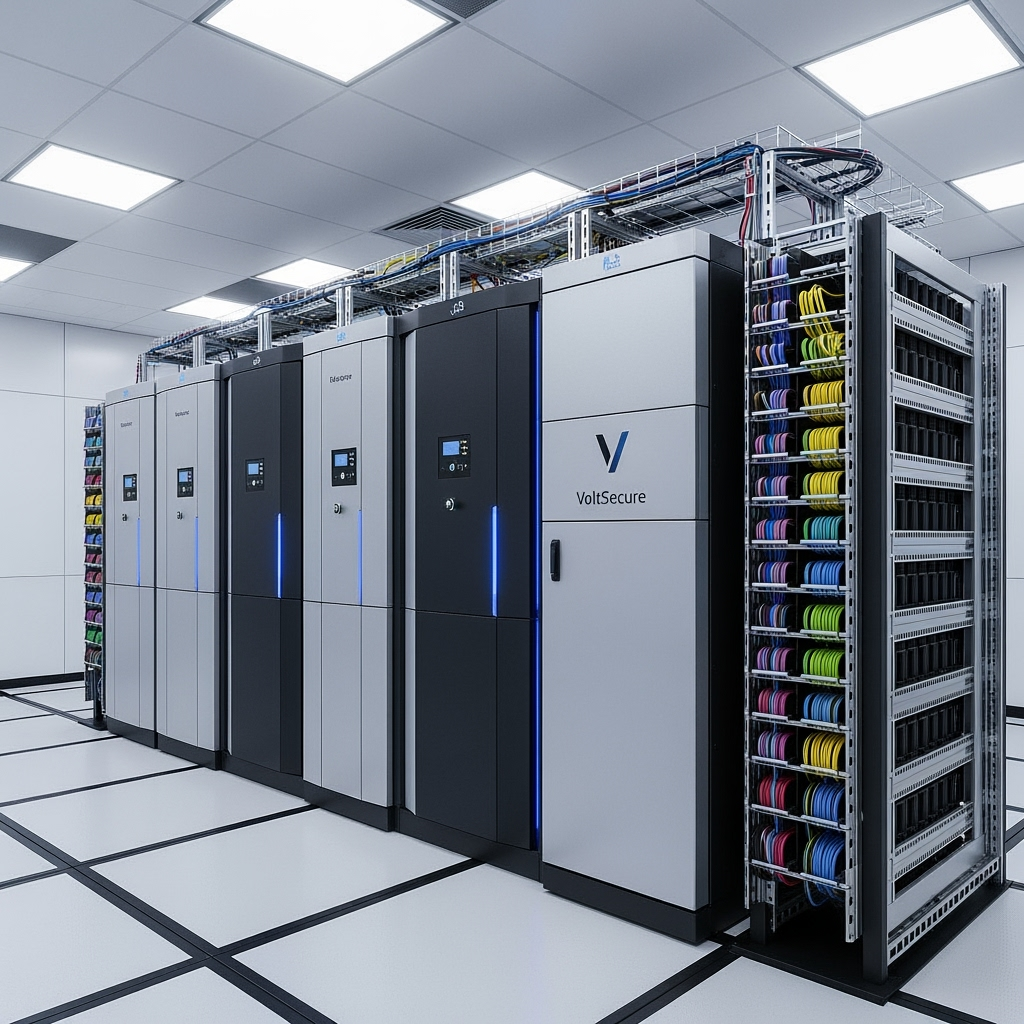

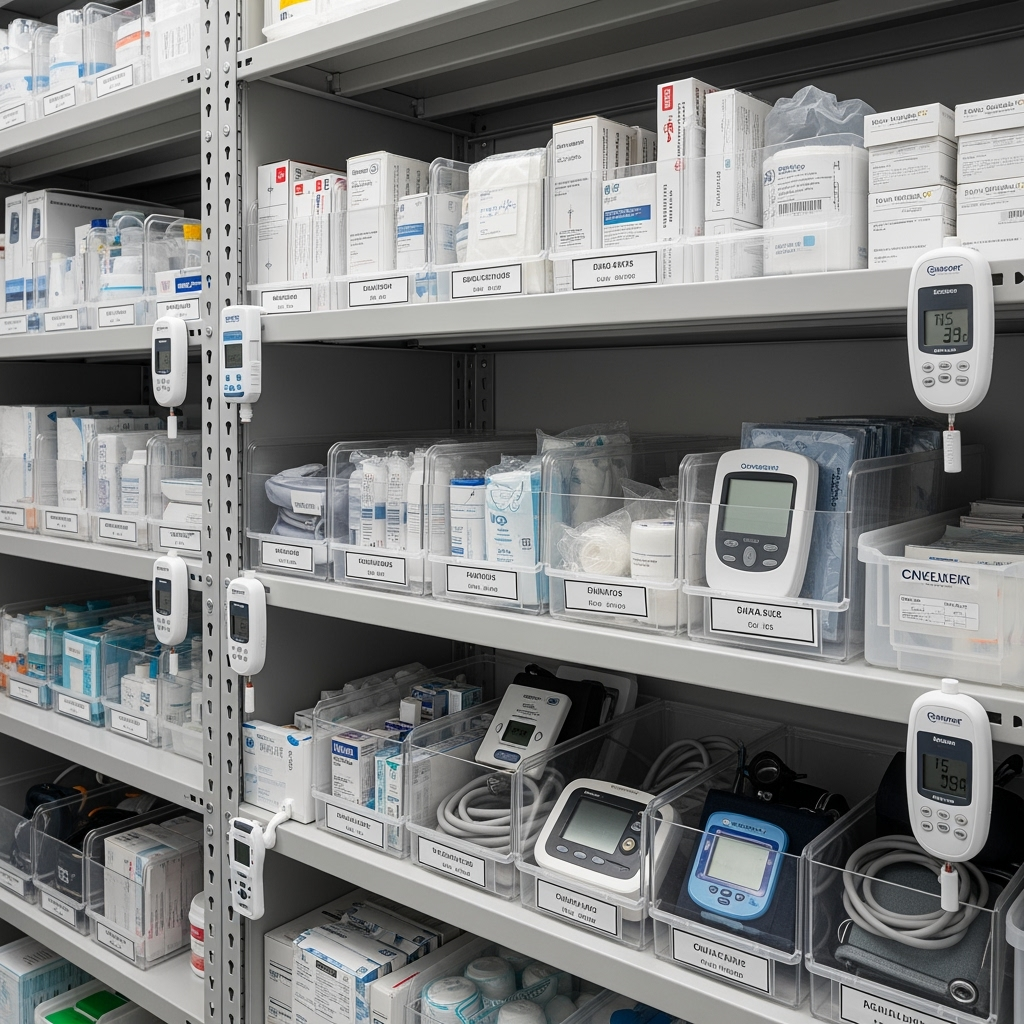
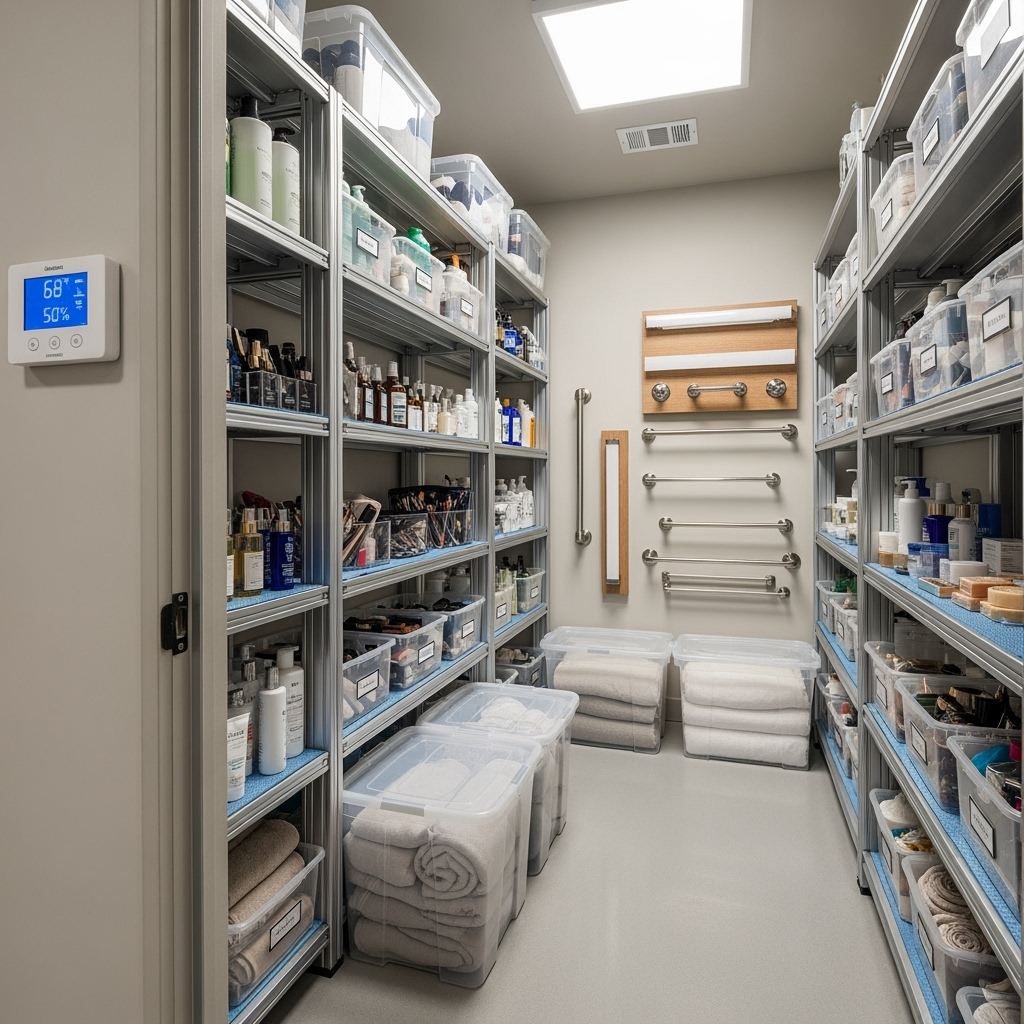
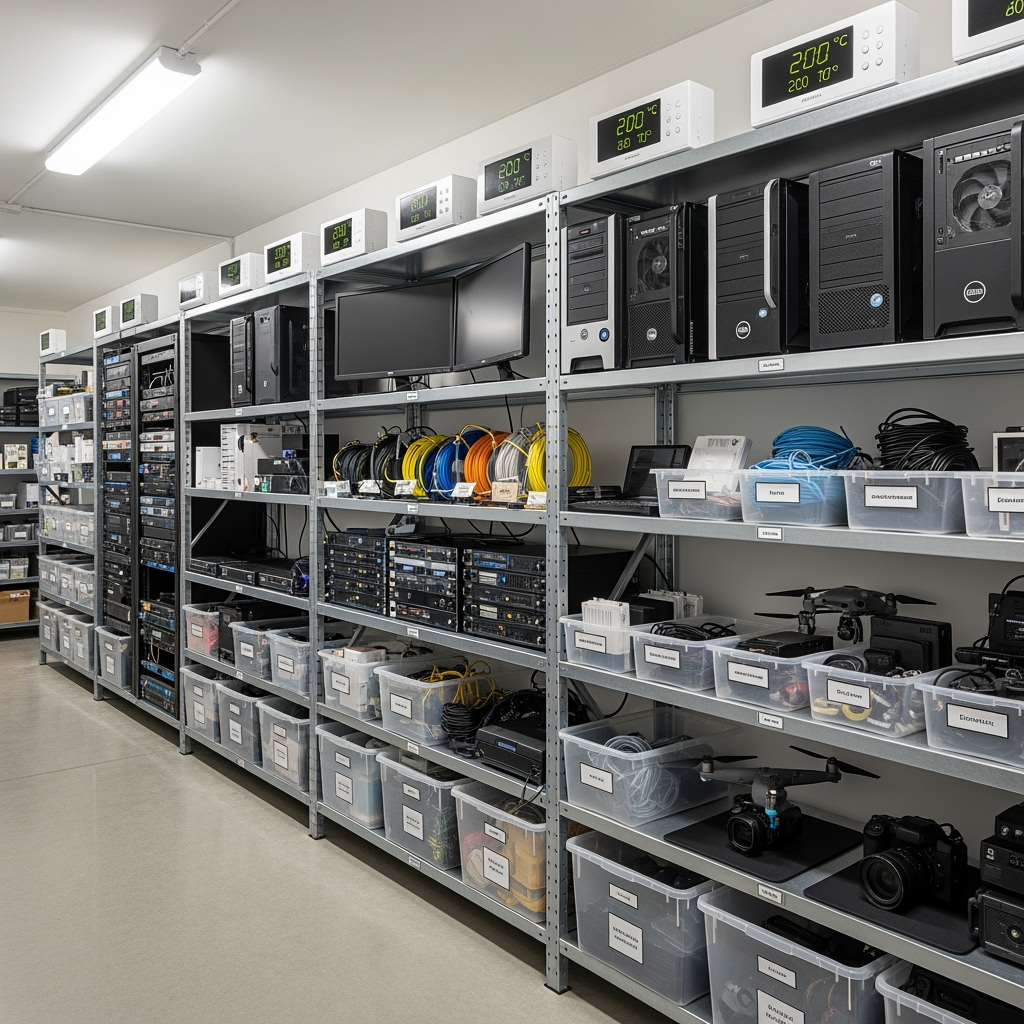
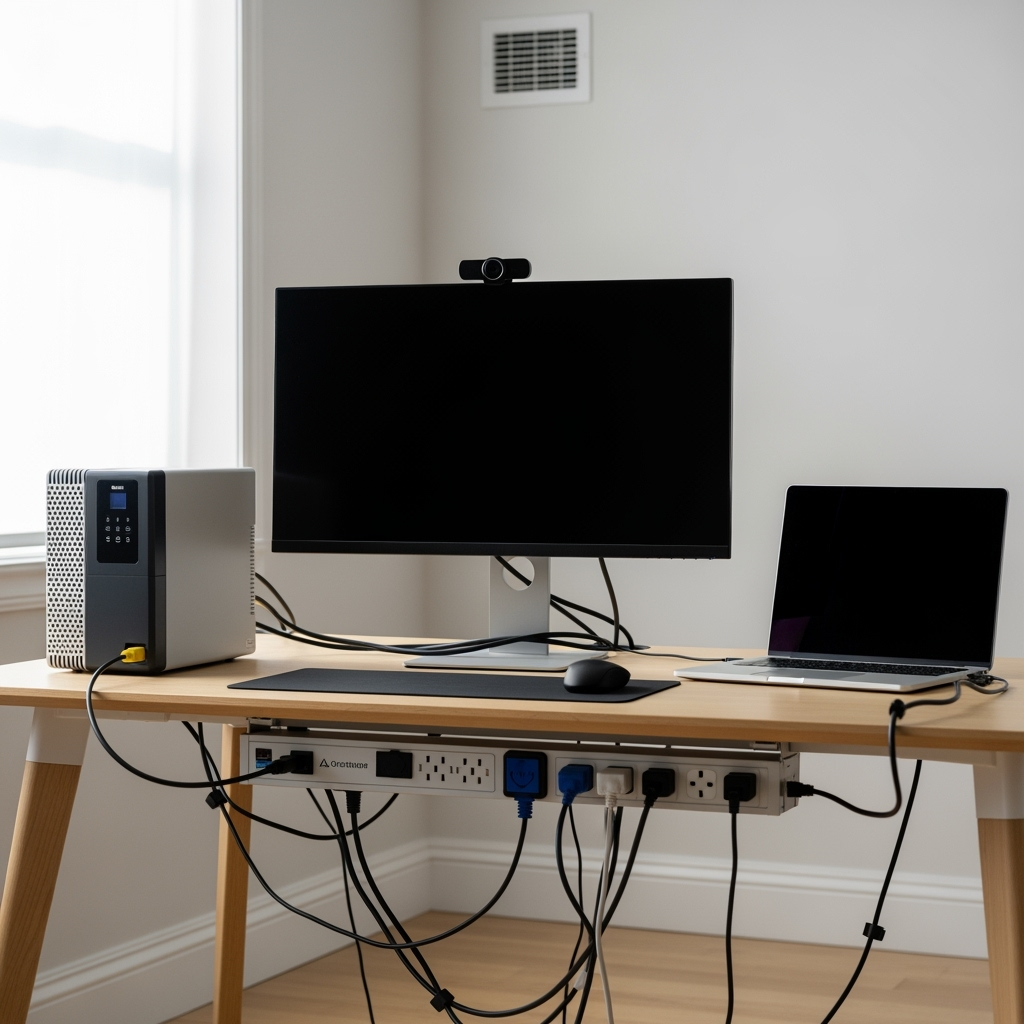
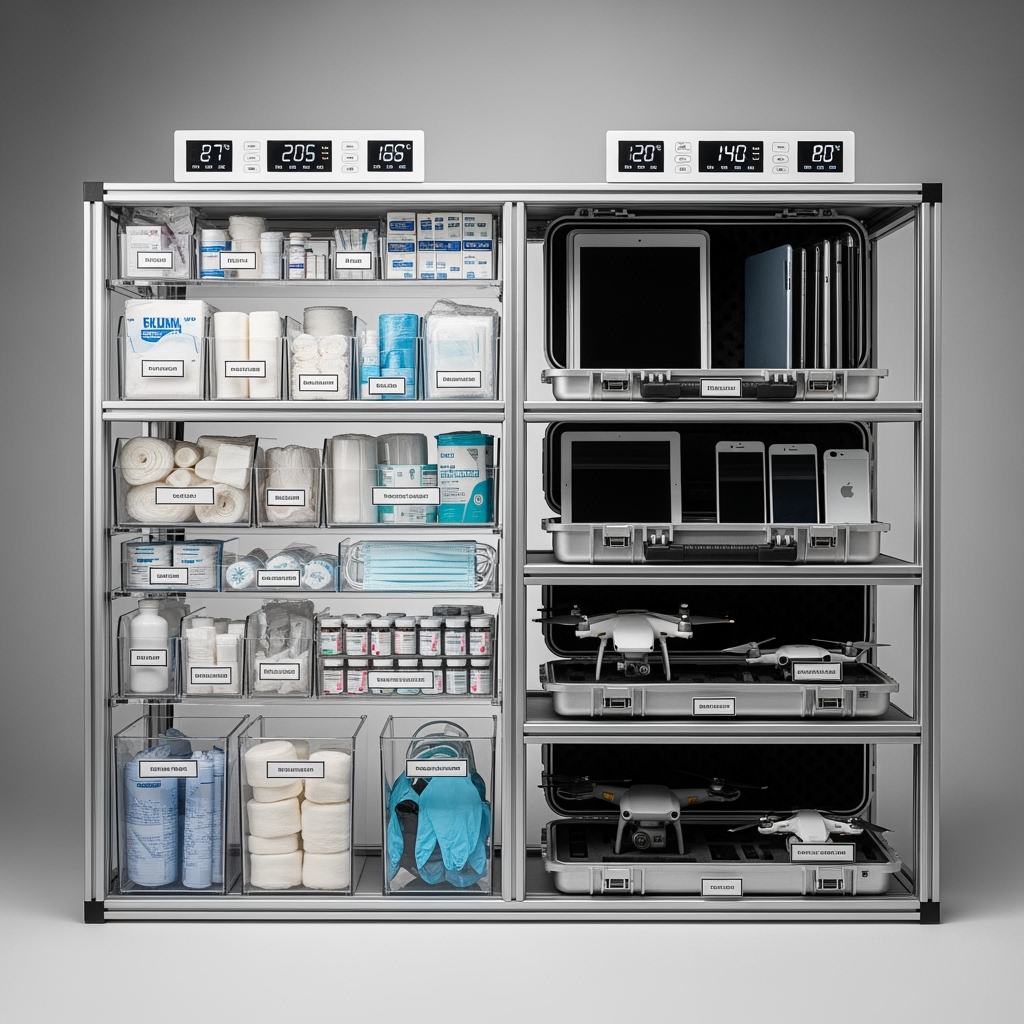
Leave a Reply